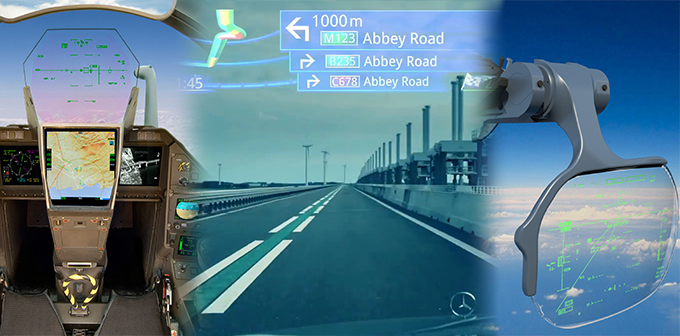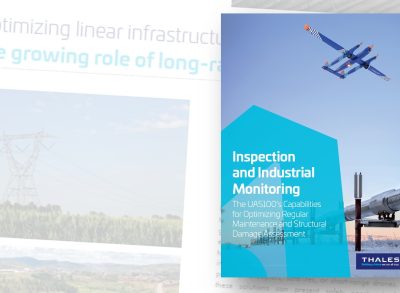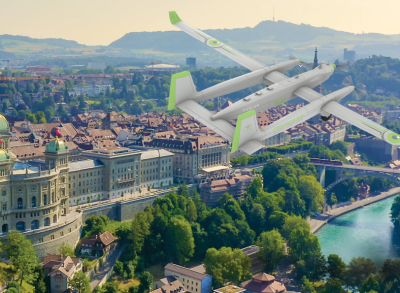Consumer demand: adding a third dimension to dual military/civil avionics technologies
Damien Jugie, marketing manager for Thales's avionics business, was the guest speaker at a recent meeting of AQUI-IHEDN, the Aquitaine region chapter of the alumni association of France's elite IHEDN* defence college. He talked about a subject Thales knows well — innovation in military avionics and its impact on the civil aviation industry — and explored how consumer demand is now adding a third dimension to the duality between civil and military technologies.

Military avionics technology has crossed over into civil applications for many years, and Thales has made dual civil/military capabilities one of its key strengths and selling points. In military avionics, innovation is all about giving users a decisive edge in hostile environments by developing technologies that meet the need for networked operations and address the physiological challenges faced by military pilots.
In civil avionics, innovation serves to bring down costs, increase safety, optimise flight paths in today's increasingly congested airspace and reduce the environmental impact of the air transport industry. But despite its different focus, innovation in civil avionics can also have a significant impact on the defence sector. The ultimate goal is to leverage the best of both worlds and maximise synergies while meeting the specific needs of each.
Dual technologies
The technologies developed for military avionics affect the civil sector at various levels. Systems designed to give military pilots better control of their flight environment, for example, have helped to improve the safety of civil flights, make pilots' jobs less stressful and increase the performance of onboard systems.
Originally intended for military users, major innovations such as GPS, UAVs, head-up displays and fly-by-wire controls have all found their way into commercial aircraft and civil applications. GPS is a classic example of how military technologies impact the civilian world. Geo-location has reached far beyond civil avionics, revolutionising ground transportation and other service industries, and becoming a standard feature on every consumer smartphone and tablet.
The third dimension
With growing consumer demand for technology, the duality between military and civil applications is gradually acquiring a third dimension. Innovations initially developed for avionics are now being used in consumer applications. Head-up displays are one example. First designed for fighter aircraft, HUD technology is now used in cars, projecting data onto the inside of the windscreen so that drivers can keep their eyes on the road and stay safe. UAVs were initially intended for military observation and combat missions, but nowadays drones are used by civil security agencies to detect forest fires or monitor shipping lanes. New applications, from agriculture to film-making, are appearing all the time.
The trickle-down effect works both ways. Thales keeps a close eye on consumer applications to see which innovations could be usefully applied to avionics. Touchscreen technology, for instance, is now a feature of our new aircraft cockpits. In a world where technologies are evolving faster than ever before, it's vitally important to monitor developments in consumer electronics as well as professional markets. It's the key to maintaining our leadership and bringing our customers the breakthrough solutions they expect.
* Institut des hautes études de défense nationale : www.ihedn.fr




